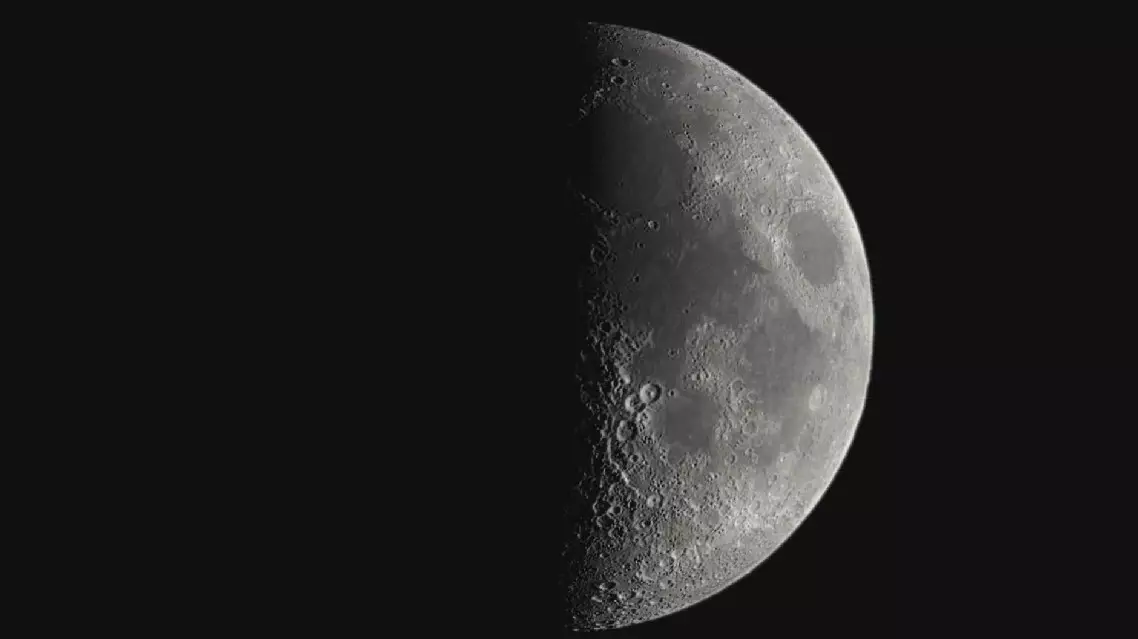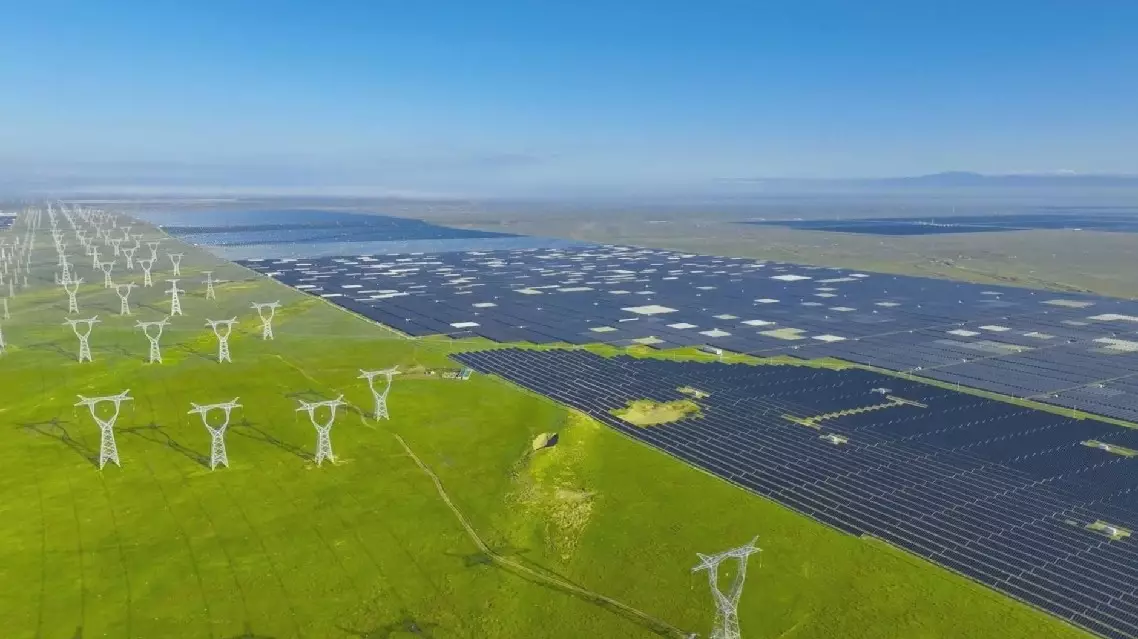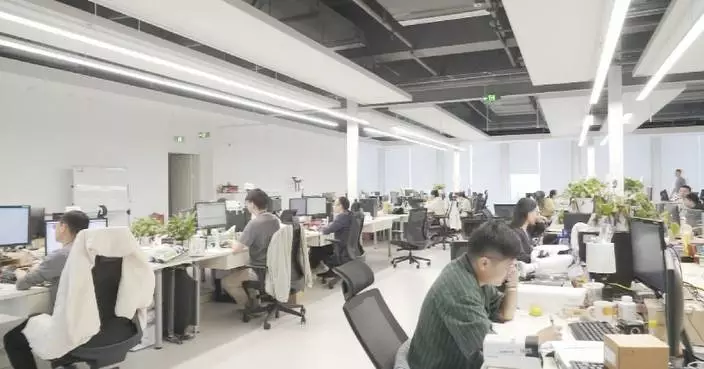With the Chang'e-6 mission completed, China will conduct two additional lunar probes to lay the groundwork for an international lunar research station, with the first launch expected as early as 2026, according to China National Space Administration (CNSA) on Tuesday.
According to the plan, China will launch Chang'e-7 in 2026 and Chang'e-8 around 2028. While Chang'e-6 primarily explored the dark side of the moon, CNSA officials said these next missions will probe the area on the lunar surface where the agency plans to build the research station and test technologies crucial to its establishment.
"Chang'e-7 will survey the environment and resources of the lunar south pole, while Chang'e-8 will validate on-site resource utilization technologies and lay the groundwork for the future construction of a lunar research station. By around 2035, we aim to establish the basic model of the lunar research station," said Bian Zhigang, deputy director of the CNSA.
The construction of the international lunar research station will be carried out in two phases, agency officials said. The first phase focuses on building a basic model centered on the lunar south pole, with research capabilities spanning a radius of 100 kilometers.
By integrating a Moon-Earth information network, connectivity and interoperability among tasks such as unmanned lunar exploration, manned lunar landings, and international cooperation can be realized, according to the administration.
The second phase is the expansion phase, aiming to establish a lunar network by 2050, centered around a lunar orbital station and the lunar south pole station, with detection nodes at the lunar equator and far side. This will create a large-scale integrated research platform that operates stably and continuously, with long-term unmanned and short-term manned capabilities.
"We refer to this as lunar probing, space surveying, and Earth observation. Lunar probing focuses primarily on scientific research about the Moon, while space survey involves astronomical studies. Additionally, from the Moon, we can conduct macro observations of the Earth. In Chang'e-8 mission, we will consider communication capabilities, ensuring there will be wireless networks and energy on the Moon. Whether we can grow crops is still under investigation, and Chang'e-8 may conduct scientific research in this area," said Guan Feng, director of the CNSA's Lunar Exploration and Space Engineering Center.

Chinese space agency details plans for next two Chang'e lunar missions









